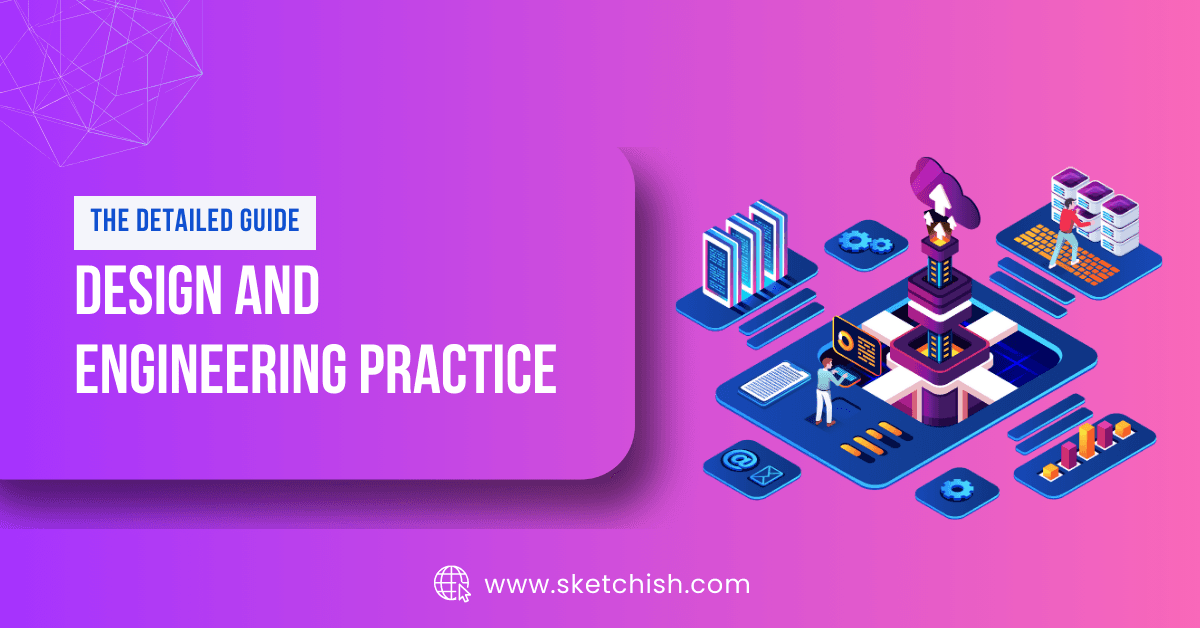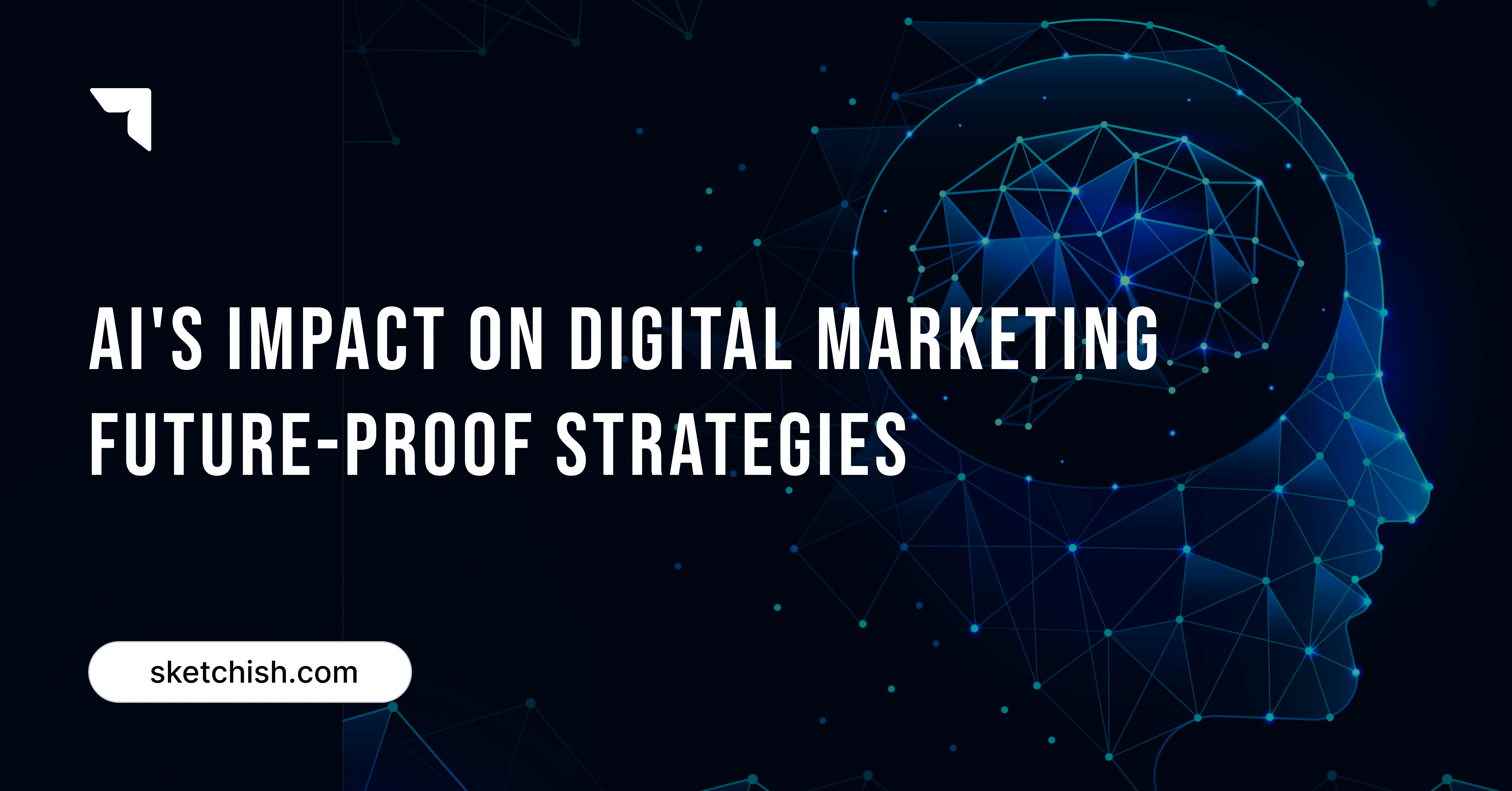Summary by AI ✦
Design and engineering are the cornerstones of every industry. They play a unique role in the development and advancement of technology, infrastructure, and products that we use daily.
From the smartphone in your hand to the car you drive, from the buildings you live and work in, to the roads and bridges you travel on, all are the results of meticulous design and engineering.
In industries such as automotive, aerospace, electronics, and construction, design and engineering practices are indispensable. They ensure the functionality, safety, and efficiency of products and structures.
In the healthcare industry, they contribute to the development of medical devices and equipment, improving patient care and health outcomes. In the energy sector, they enable the creation of sustainable and efficient power systems.
The purpose of this blog post is to dive deep into the key aspects of design and engineering practice. We will explore their principles, methodologies, and applications, shedding light on how they contribute to the advancements we witness in our daily lives.
At Sketchish we combine Design and Engineering practice to give an extra ordinary results to businesses.
Key Principles of Design and Engineering Practice
User-Centered Design: The design should be based on the needs and wants of the user. This principle emphasizes empathy and understanding of the user’s perspective.
Simplicity: The design should be as simple as possible. Complexity should be minimized to make digital product engineering easy to understand and use.
Functionality: The design must fulfill the intended purpose. It should work efficiently and effectively in all expected conditions.
Sustainability: The design should consider environmental impact. It should aim to minimize waste and use resources efficiently.
Safety: The design must ensure the safety of the user. It should comply with all relevant safety standards and regulations.
Innovation: The design should strive for innovation. It should seek to solve problems in new and creative ways.
Aesthetics: The design should be aesthetically pleasing. It should appeal to the user visually and emotionally.
Reliability: The design should be reliable. It should perform consistently under normal conditions.
Maintainability: The design should be easy to maintain. It should be designed in a way that makes it easy to repair and update.
Ethics: The design should adhere to ethical standards. It should respect the rights and dignity of all stakeholders.
Remember, these principles are not all-inclusive and may depend on the specific field of design and engineering.
Must Have Digital Product Engineering Tools
Challenges in Design and Engineering Practice
The below challenges underscore the complexity of engineering practice and the diverse skills required of engineers. They highlight the importance of technical knowledge and skills like problem-solving, communication, ethics, and management in the engineering profession.
1. Managing Project Scope
Scope creep is a common issue in engineering projects. It occurs when the project’s objectives expand beyond its original goals, often due to changing requirements, unforeseen obstacles, or new discoveries during the engineering design process. Managing this requires clear communication, careful documentation, and rigorous change control processes.
2. Balancing Quality, Cost, and Time
Also known as the “Project Management Triangle,” this challenge involves making trade-offs between the three constraints. For example, increasing the quality of a product may increase costs or require more time. Engineers must make informed decisions to balance these factors, often relying on optimization techniques.
3. Adapting to New Materials and Processes
The field of engineering is constantly evolving, with new materials and manufacturing processes being developed regularly. Engineers must stay updated with these advancements and understand how to incorporate them into their designs. This requires continuous learning and adaptability.
4. Ensuring Safety
Safety is a paramount concern in engineering. Engineers must ensure that their designs are safe for use, both for the end-users and the environment. This involves understanding and applying safety standards and best practices, conducting thorough testing, and often, preparing for worst-case scenarios.
5. Ethical Considerations
Engineers often face ethical dilemmas in their work. For instance, they may need to balance efficiency and sustainability, considering the environmental impact of their designs. They must adhere to a code of ethics, which requires a deep understanding of both engineering principles and societal values.
6. Regulatory Compliance
Engineering designs must comply with relevant regulations and standards, which can vary widely depending on the industry and region. Navigating this regulatory landscape requires a thorough understanding of the law, attention to detail, and often, collaboration with legal professionals.
7. Interdisciplinary Collaboration
Modern engineering projects often require expertise in many different fields. Engineers must collaborate with professionals from other disciplines, requiring good communication skills, teamwork, and a broad understanding of other fields related to the project.
Know how to build a digital product
Best Practices for Design and Engineering Success
Success in design and engineering lies in innovation, teamwork, and continuous learning.
Design Thinking:
Empathetic Ideation: This involves understanding the needs, problems, and context of the users. It’s about putting yourself in the user’s shoes to gain insights into their experiences and perspectives. This can be achieved through user interviews, surveys, and observation.
Iterative Prototyping: This involves creating and testing multiple versions of your design. Each iteration is an opportunity to learn and improve. Prototypes can range from simple sketches to interactive models. The goal is to identify any issues or potential improvements early in the design process.
Continuous Innovation: This involves fostering a culture of innovation and creativity within your team or organization. Encourage brainstorming, collaboration, and the sharing of ideas. Remember, innovation often comes from diverse perspectives and thinking outside the box.
Detailed Engineering
Detailed Engineering Design: This involves creating comprehensive and precise technical drawings, calculations, and documentation. These details are crucial for the manufacturing process and ensure that the final product meets the desired specifications.
Hydraulic Calculations and Equipment Sizing: Accurate hydraulic calculations and equipment sizing are crucial for efficient operation and resource utilization. These calculations ensure that the system can handle the required flow rates, pressures, and temperatures.
Effective Teamwork: Collaboration among team members with diverse expertise is crucial for successful engineering projects. Effective communication, mutual respect, and a clear division of responsibilities can enhance teamwork.
Software Engineering
Key Practices: Modern software developers and software development company should follow key practices such as writing clean and maintainable code, using version control systems, writing unit tests, and following the principles of Continuous Integration/Continuous Deployment (CI/CD).
Engineering Management
Strategies: Strategies like Agile, Lean, Kanban, Scrum, and the Critical Path Method can empower teams to overcome challenges, optimize workflows, and achieve project success. These strategies focus on iterative development, customer feedback, and efficient project engineering data management.
Manufacturing Firms:
Leverage by Engineering Design: Recognize the leverage afforded by engineering design and move to take advantage of it. Good design can lead to better products, improved manufacturing efficiency, and increased customer satisfaction.
Product Realization Process: Implement a comprehensive, coherent product realization process. This involves all the steps from the initial concept to the final product, including design, prototyping, testing, manufacturing, and quality control.
Contemporary Design Practices: Utilize a carefully chosen set of contemporary design practices. These include computer-aided design (CAD), finite element analysis (FEA), and rapid prototyping.
Supportive Environment for Design: Create a supportive environment for design. This might involve providing the necessary resources, training, and tools, as well as fostering a culture that values and encourages design.
Design and engineering are at the heart of innovation and problem-solving. This field merges creativity with technical skills to impact the world. Success relies on ongoing learning, flexibility, and a dedication to quality.
Engineers and designers lead the charge in turning complex ideas into real-world enhancements. Adopting user-focused methods, encouraging innovative thinking, and considering ethical standards are key to a future of sustainable and meaningful design.
Good luck!
Share on:



